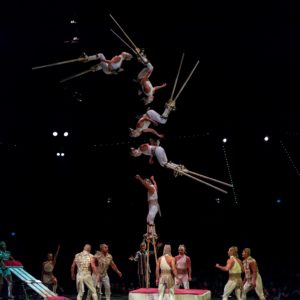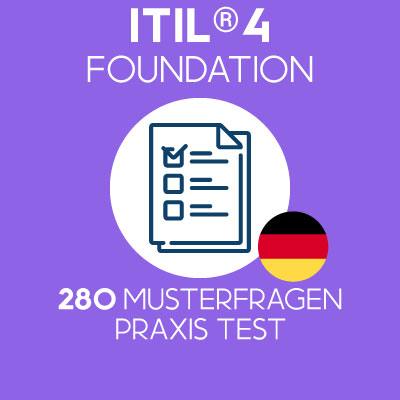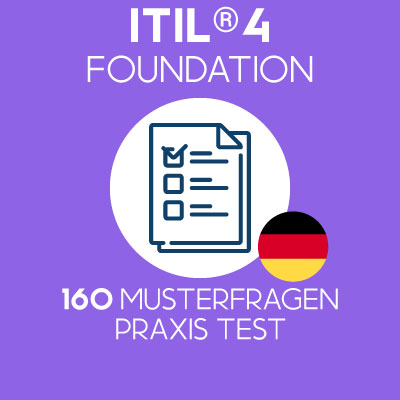What are the differences you may ask and why does it matter? Discover in this post those two very different ways of planning and how they impact your projects!

Table of Contents
Railroad vs combat planning
Railroad planning looks meticulous and complex while combat appears messy and frightening. Based on this choice of words, it seems that railroad planning should be use for planning projects. Right?
Well, let’s look at Dantar P. Oosterwal definition of those two very different types of plannings. We will start by the railroad before going to the combat one.
Railroad planning
“Railroad planning is effective for tasks that are predictable and consistent but does not accommodate change well”…”In railroad planning, minor schedule disruptions can have major implications on the project as a whole, because tasks and activities are so tightly interrelated”
Railroad planning is akin to linear or predictive approaches in project management. Scope of project is well defined, schedule and resources boundaries are defined upfront. When scope changes happen, the goal is to limit them to the strict minimum (e.g. by a change control board) so that they affect as little as possible the schedule, resources or quality.
The success criteria of those projects is often to be on scope, on time and on budget.
This usually works well for work such as construction building where business requirements and the way to address them technically is known. Related activities and tasks’ duration as well. Those great predictability elements help to drive the project to completion.
But as soon as business requirements are moving into fuzzy areas and are evolving throughout the project, being on time and on schedule based on an original scope of your project will not matter…
So what is the alternative?
The alternative is combat planning!
Combat planning
Where “plans are good until the first bullet flies”. As per Oosterwal’s definition:
“Combat planning is suited to turbulent and ever-changing conditions…Combat planning favors the prepared and is based on planning and committing to key objectives as a group. Everyone must develop alternatives in order to ensure achieving shared goals”
Combat planning is looking to reach shared outcomes without following to the letter a carefully written plan. Goals are set up with the team(s) and a general direction on how to get there is devised.
When faced with uncertainties and changes, the team(s) review and adapt their approaches, keeping the end goal in mind. Achieving the objectives is far more important than the way to get there. Circumstances may drive changes in the goals to achieve or in worst cases, their cancellations.
Doing combat planning is to ever adapt your approach based on the actual conditions, not the planned ones.
Conclusion: trains or fights?
Combat planning is well suited for projects containing high to medium degree of uncertainties in business and technical requirements. Combat planning is fit to the VUCA world.
Example of combat planning can be found in Agile frameworks such as Scrum. For more on this, you can check “When NOT to use Scrum“ which details the conditions upon which Scrum thrives.
Railroad planning is well suited for projects with low degree of uncertainties in business and technical requirements. It works well for projects whose tasks and related duration to execute a well defined scope are known.
I hope that above helped you to make the differences between the two approaches.
And you, what is your approach to project planning? What has worked for you and your teams? Let us know in the comments!
Best Regards,
Your Value Insights
Note: This post was inspired by the book “The Lean Machine” from Dantar P. Oosterwal which talks about his experience of applying lean principles to product development at Harley Davidson. Quotes in italic are from the book.
Related Blog Posts
Our Mock Exams
-
ITIL 4 Foundation Musterprüfung – 280 Übungsfragen
€ 19,99Original price was: € 19,99.€ 15,99Current price is: € 15,99. -
ITIL 4 Foundation Mock Exam Pack – 280 Practice Questions
€ 19,99Original price was: € 19,99.€ 15,99Current price is: € 15,99. -
ITIL 4 Foundation Mock Exam Pack – 160 Practice Questions
€ 15,99Original price was: € 15,99.€ 9,99Current price is: € 9,99. -
ITIL 4 Foundation Pack Examens Blancs – 280 Questions
€ 19,99Original price was: € 19,99.€ 15,99Current price is: € 15,99. -
ITIL 4 Foundation Pack Examens Blancs – 160 Questions
€ 15,99Original price was: € 15,99.€ 9,99Current price is: € 9,99. -
ITIL 4 Foundation Musterprüfung – 160 Übungsfragen
€ 15,99Original price was: € 15,99.€ 9,99Current price is: € 9,99.



















